Alright – so today we’ve got the honor of introducing you to Malina Omut . We think you’ll enjoy our conversation, we’ve shared it below.
Malina , looking forward to hearing all of your stories today. We’d love to hear about when you first realized that you wanted to pursue a creative path professionally.
Studying fine arts since primary school helped shape my perception of art from an early age. The first time I thought of art as a profession was in High school, where I studied sculpture and worked as an event photographer during the weekends. My education continued with Photography and Video art for my BFA and MFA degrees, but my actual career path remained uncertain. Consequently, I decided to combine photography with my love for drawing and design, and for one semester I studied graphic design in Slovenia. Following that, I was granted a Fulbright scholarship and was then accepted at Savannah College of Art and Design for an MFA in graphic design. During the first three classes I felt uneasy; it took only two days to learn a life lesson — you can’t excel at something you don’t enjoy doing — and I felt this applied to my choice of graphic design. After considerable thought, I switched my major to illustration. It was a long path of exploration, with many years of education and experimentation to discover where I fit as a creative professional.

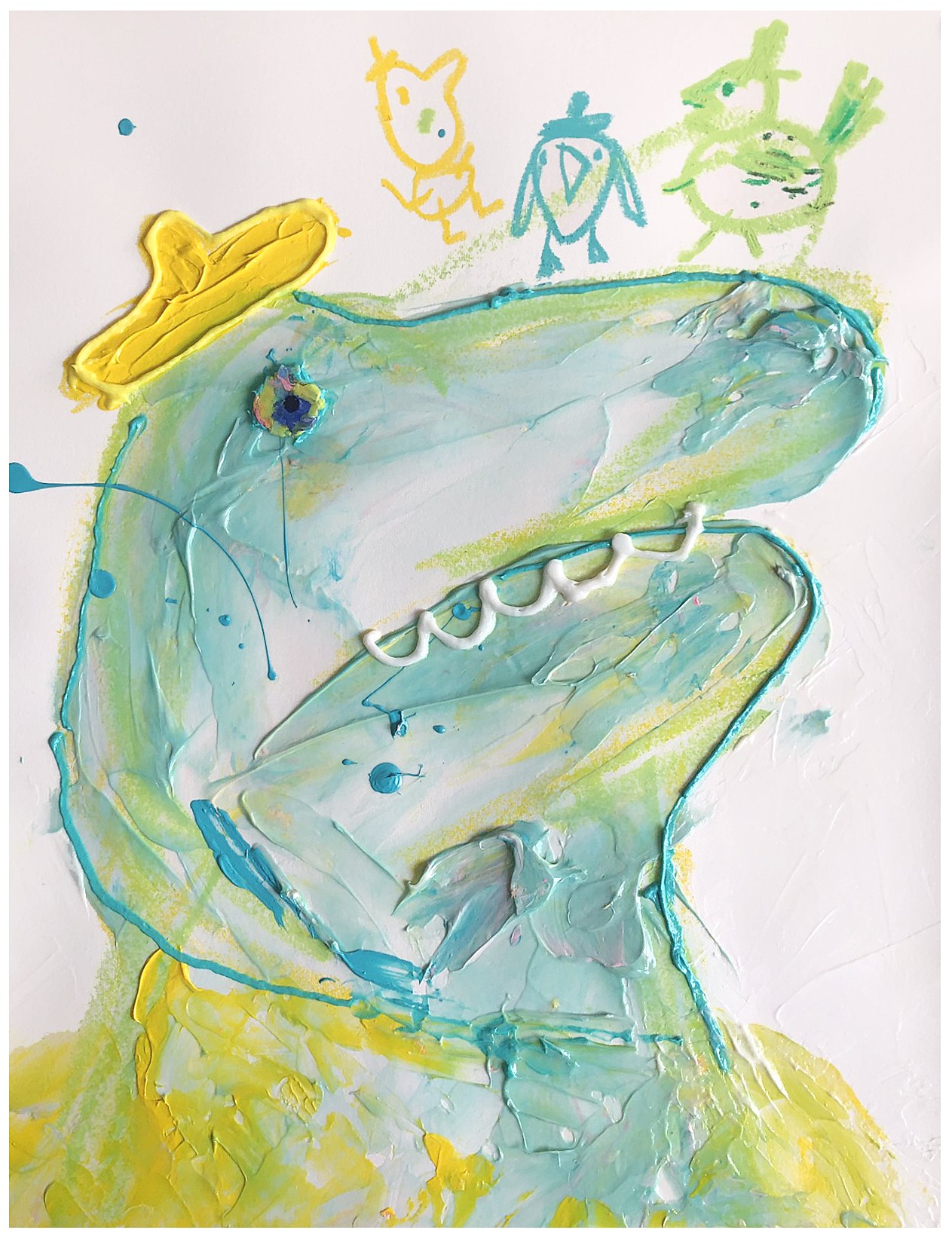
As always, we appreciate you sharing your insights and we’ve got a few more questions for you, but before we get to all of that can you take a minute to introduce yourself and give our readers some of your back background and context?
I’m an artist, illustrator and professor. Having the ability to illustrate while also creating gallery work and teaching is something I don’t take for granted as it brings me incredible joy.
After graduating from SCAD I worked in the children’s fashion industry at Carter’s in Atlanta. Following that, I started an online store with illustration products while also working as an illustrator in the high-end publishing market. I’ve had the chance to collaborate with some remarkable clients and art directors while working with The New York Times, The New Yorker, Harvard Business Review, Plansponsor, Brio and many more. The fast pace of the editorial industry is something I value because every single project is unique and I get to work with a variety of people.
I’ve always been fascinated by the diversity of disciplines in the arts and blurring the lines between fine, illustrative and decorative arts. My work is a collage of narratives that examine meaning, present day society, contrasts, wants, expectations, resolutions and dissolutions. I’m inspired by the interstitial moments of human interaction and our fleeting existence. I constantly test different mediums and formats to find the most compelling technique to carry the message. My body of work takes various forms including stories contained in one large image, still frames from life and three-dimensional objects.
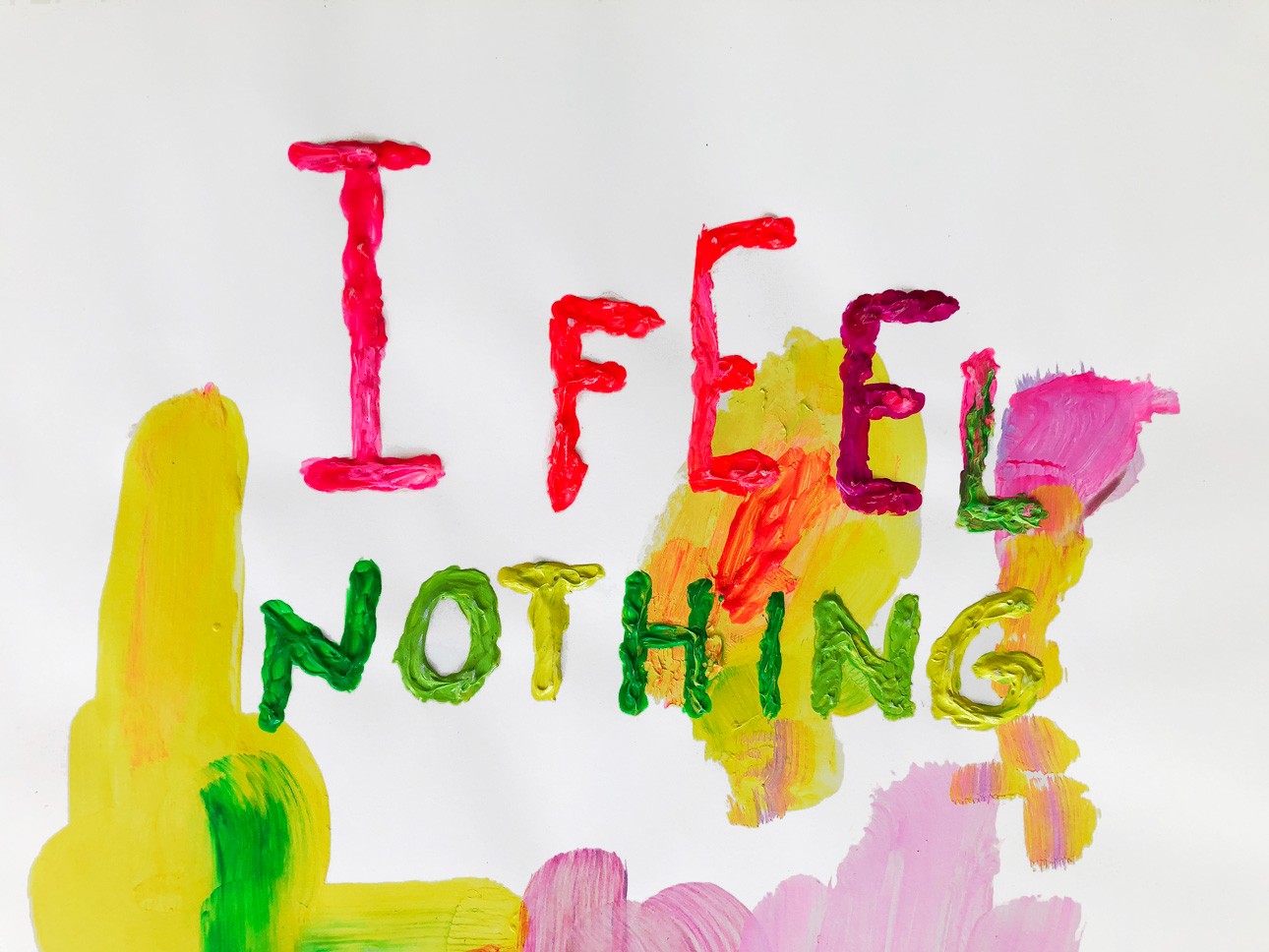
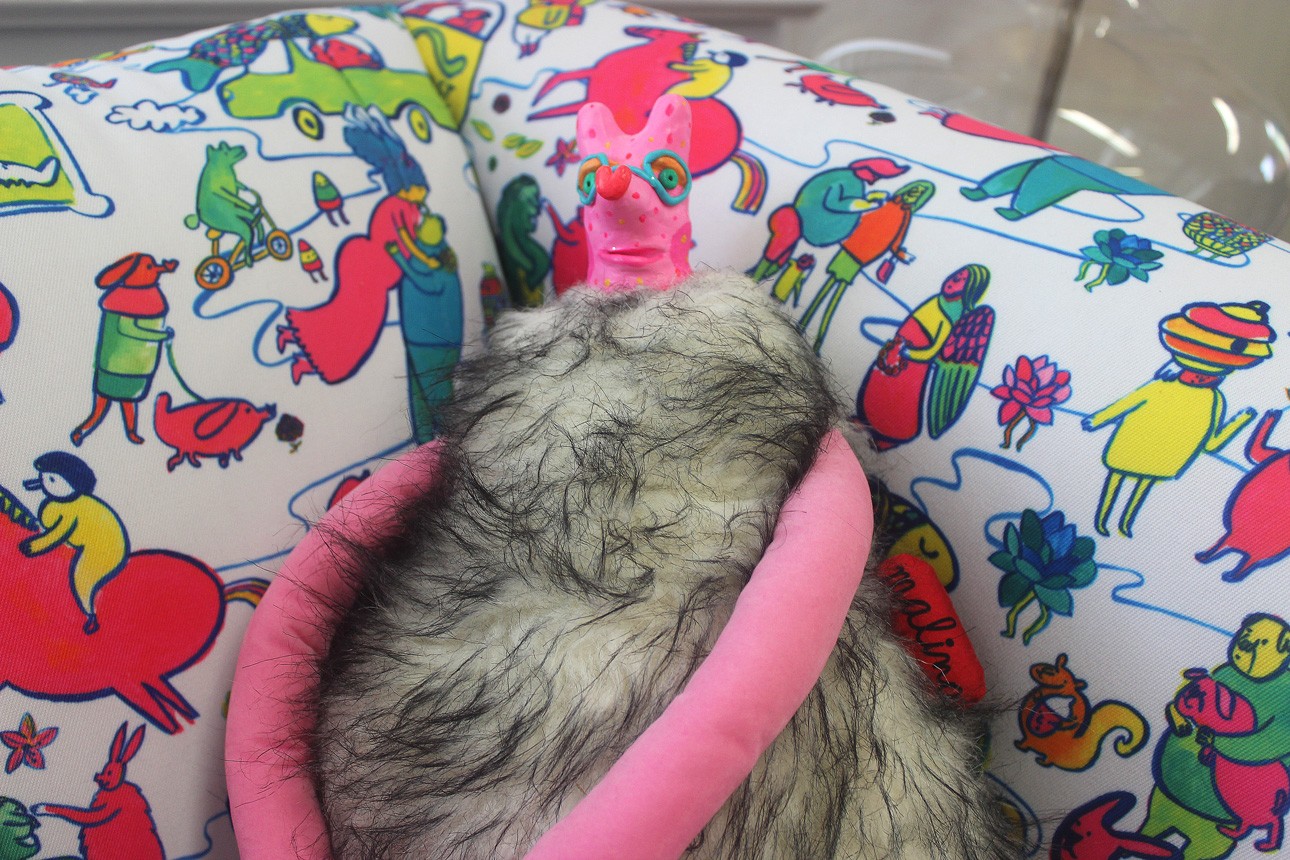
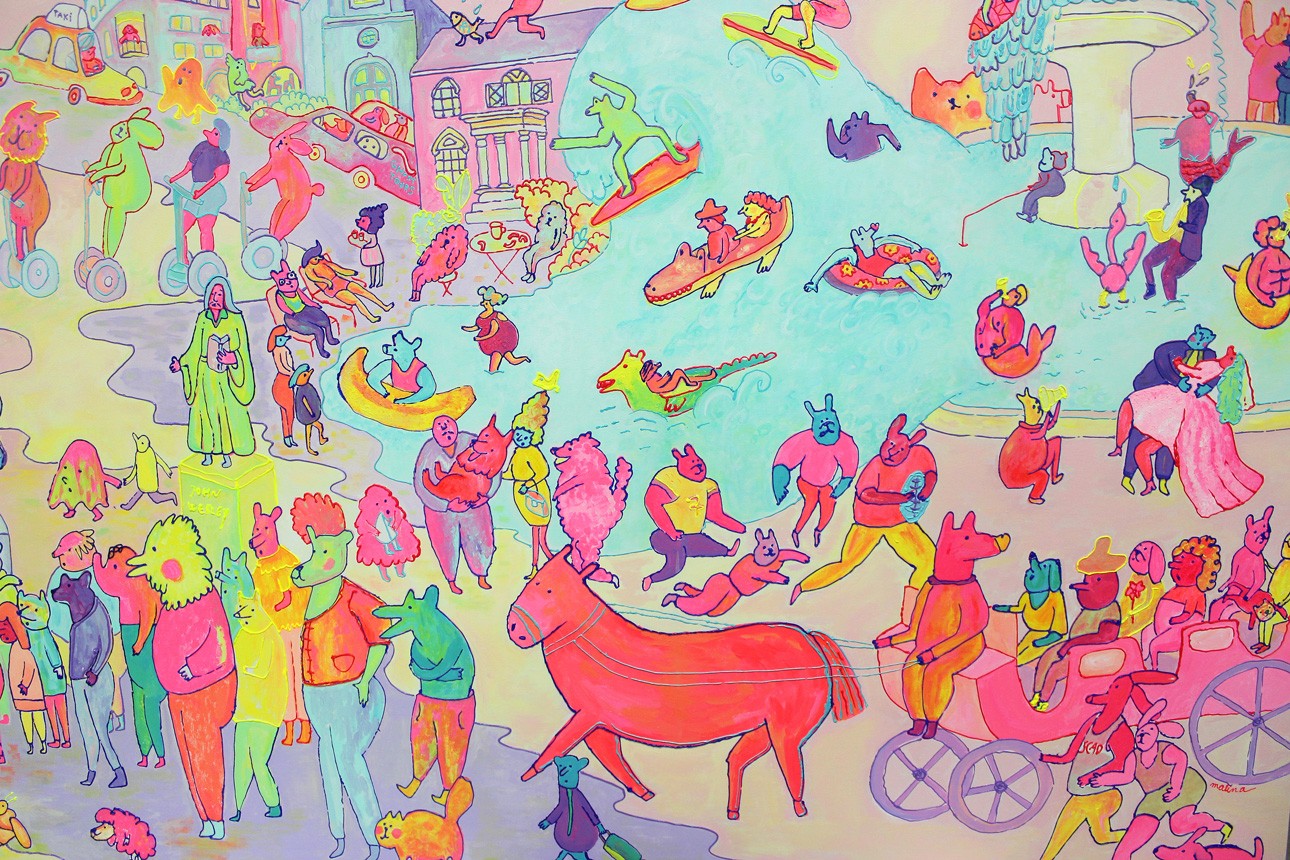
How about pivoting – can you share the story of a time you’ve had to pivot?
Looking back, my academic and career trajectory has been constantly marked by change. The most current moment when I pivoted in my career was during 2020 when I experienced a deep valley of outward suffering yet profound inner growth, which led me to some significant questions and resetting of priorities. Examining life with the end in mind is a principle I learned when I was in high-school reading “When the game is over it all goes back in the box” by John Ortberg.
Two questions arose in my mind: What did I do for others? How do people I love know that I love them? I realized my focus should shift significantly from myself to loving people and serving them. This is what inspired me to teach illustration. It’s been an incredible experience to be able to give back, encourage and contribute to the education of new generations of creatives.
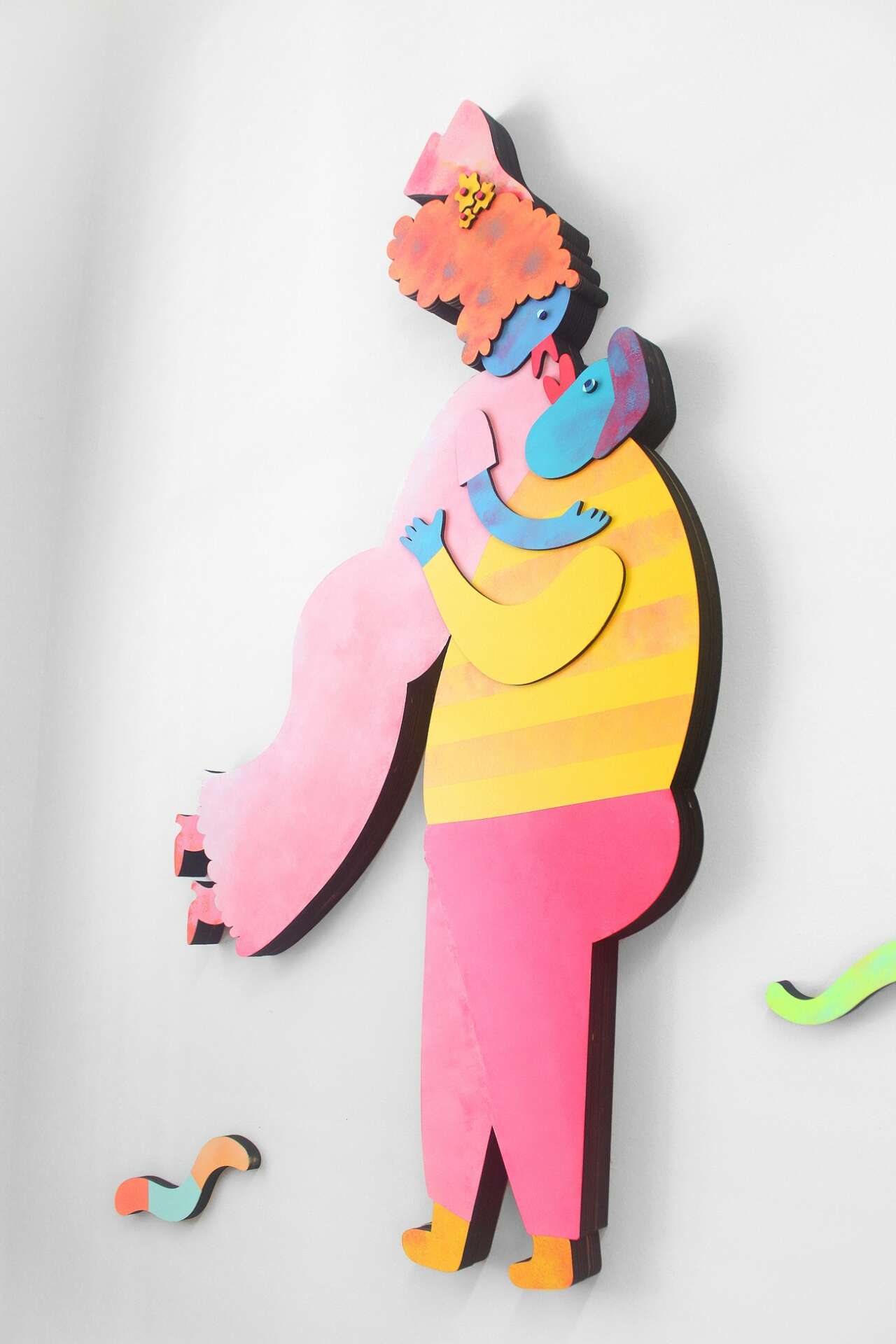
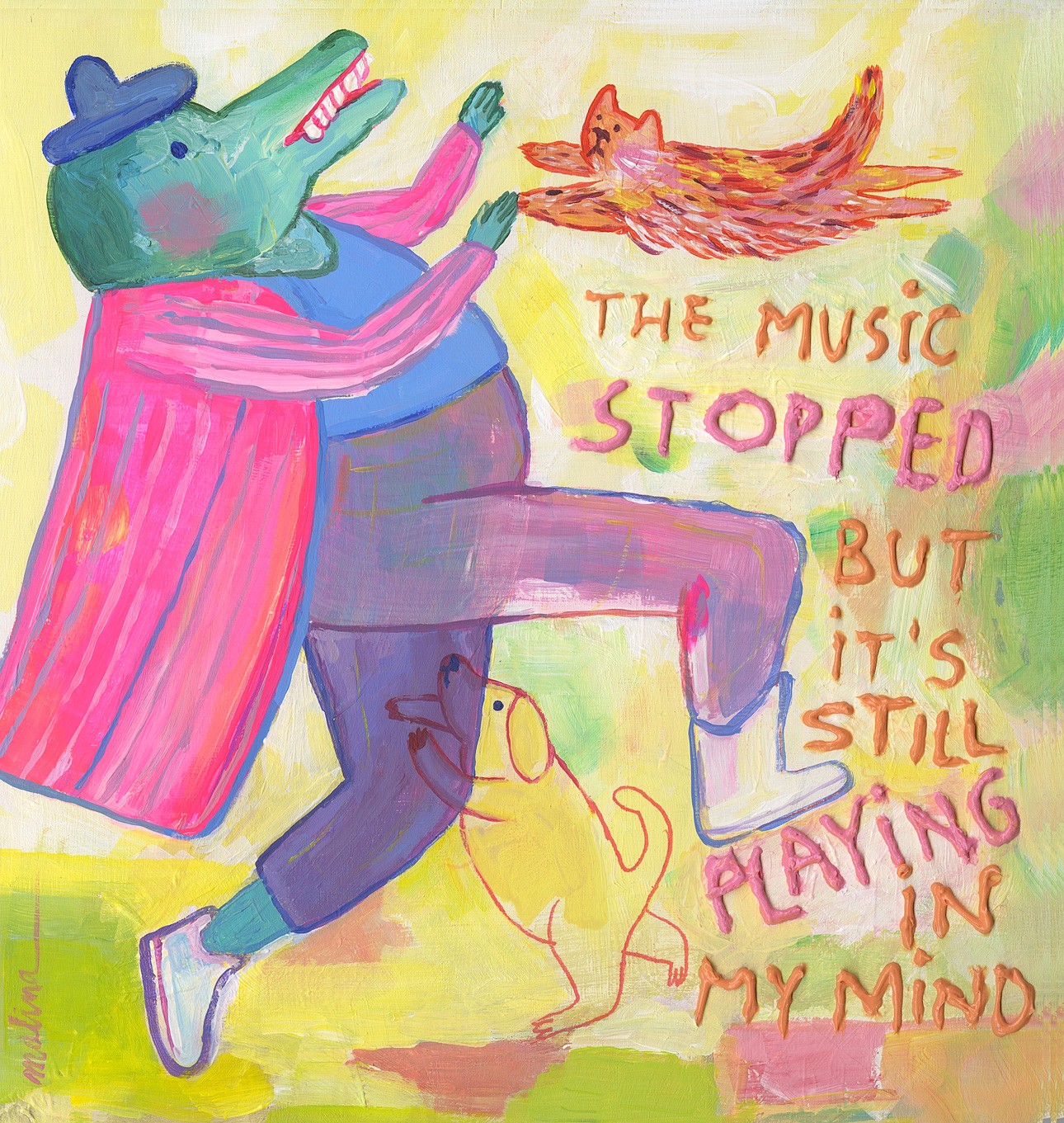
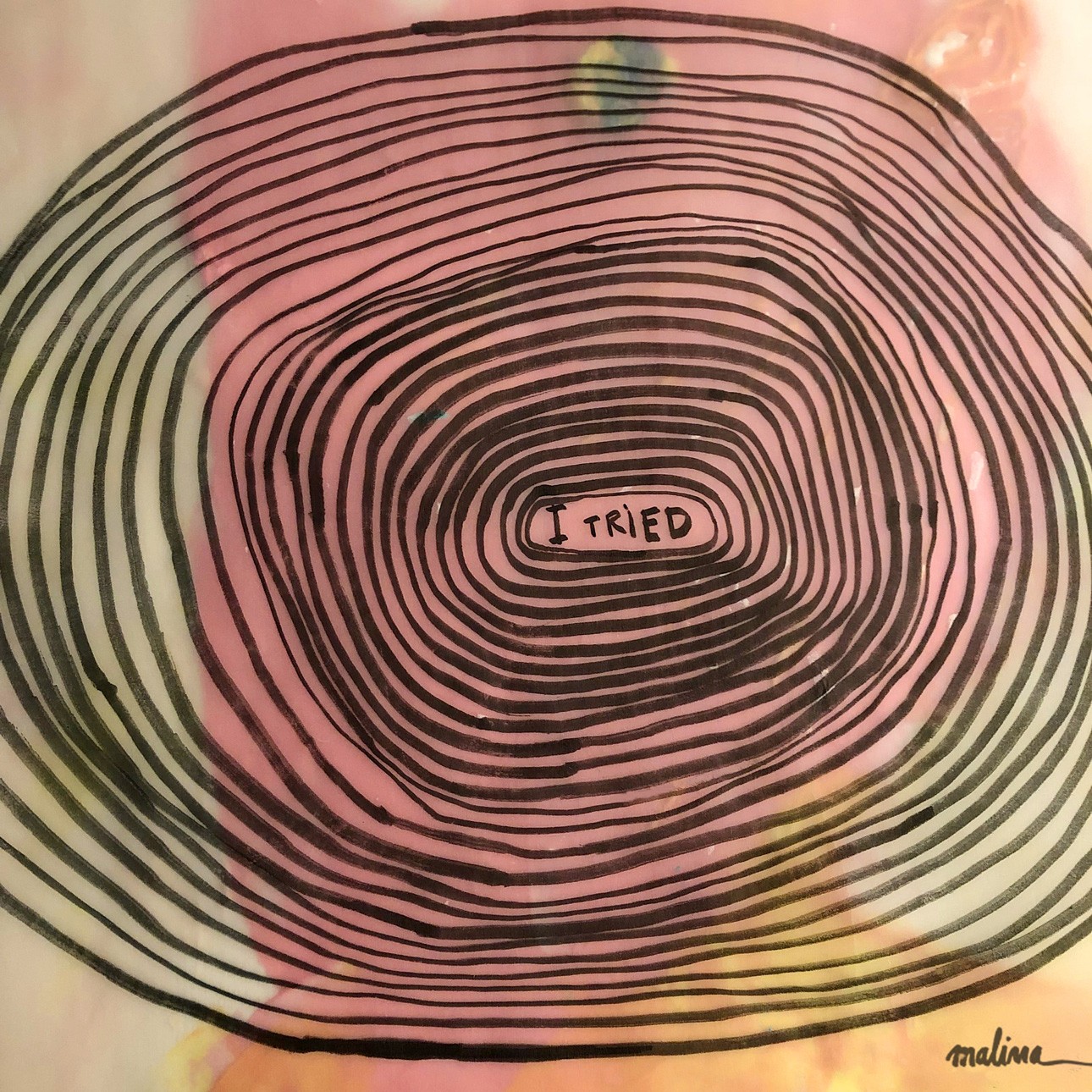
What’s a lesson you had to unlearn and what’s the backstory?
As a trained artist in fine arts, switching to illustration and developing my unique approach has been a long process of unlearning rules and drawing principles. Sacrificing form in favor of ideas has always been a drive in my work. As long as I have a solid conceptual foundation, the visual vocabulary becomes secondary – and that applies to both my fine art and illustration work. My art is reductive — I eliminate what I consider unnecessary details and information, which enhances the core concept.
When I talk to my students about concepts I always like to show them an architectural image of rebar cages to illustrate the principle that concepts are the essence, foundation, and guiding structure of visual communication. In general terms, I see beauty as transient and not too attractive in and of itself. For example, that which makes people beautiful is their inner being, character and mind which precedes eye-appeal. A parallel can be drawn between reduction of form and importance of meaning in any creative work.
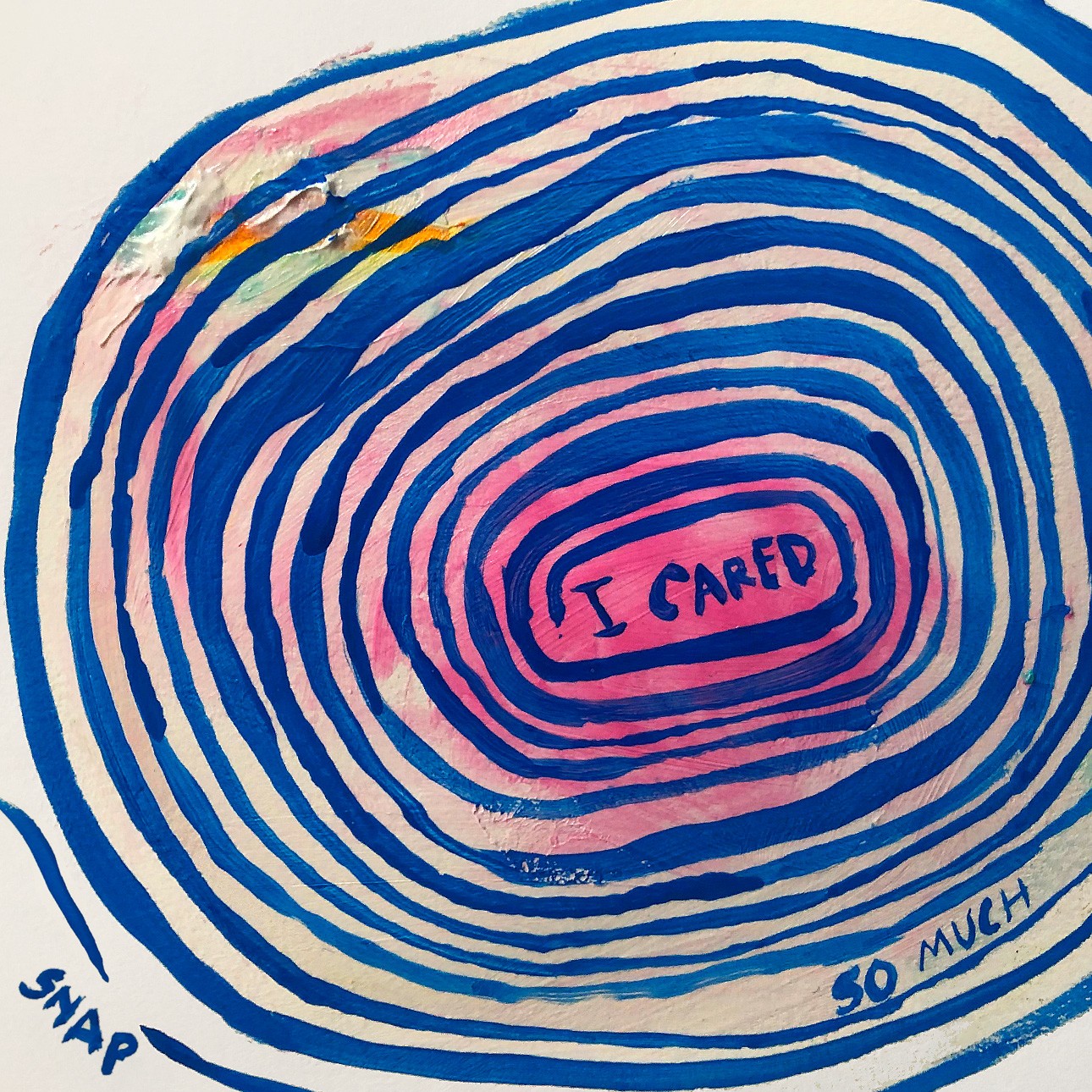
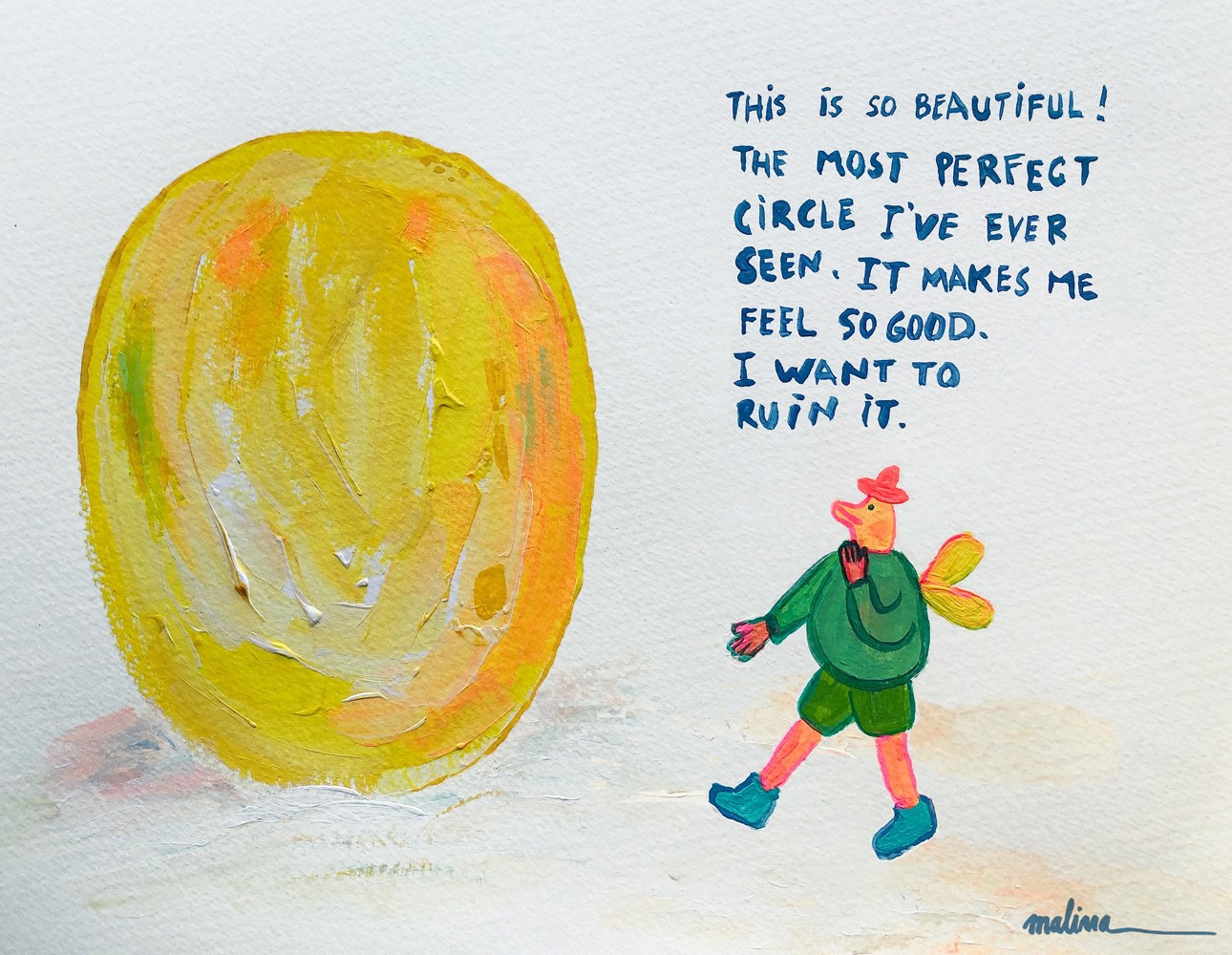
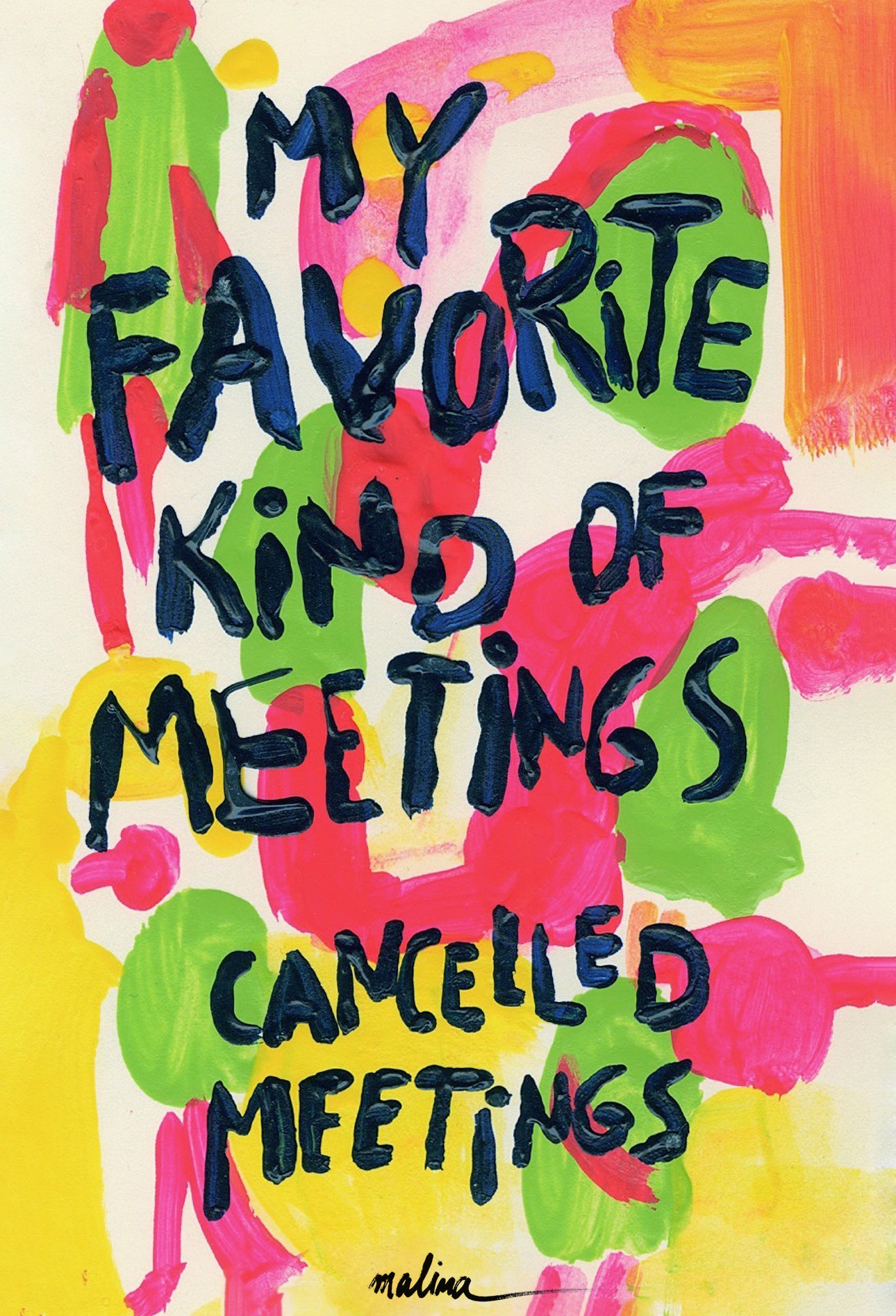
Contact Info:
- Website: malinaomut.com
- Instagram: fuzzyworld


